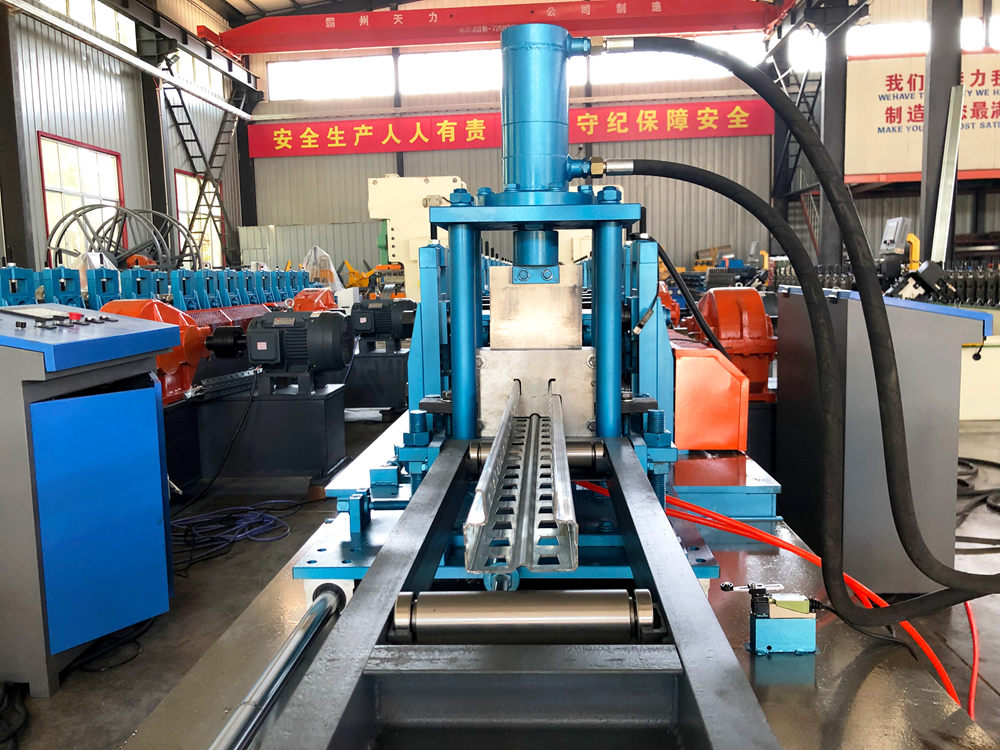
Understanding PU Panel Machines A Comprehensive Guide
In the realm of modern construction and manufacturing, the significance of efficient and high-quality production methods cannot be understated. One such innovation that has taken the industry by storm is the Polyurethane (PU) panel machine. This advanced machinery is designed to produce PU panels, which are known for their superior insulation properties, lightweight nature, and versatility in application. In this article, we will explore the key features, benefits, and applications of PU panel machines.
What is a PU Panel Machine?
A PU panel machine is an industrial apparatus specifically engineered to manufacture polyurethane sandwich panels. These panels consist of a core layer of polyurethane foam sandwiched between two outer layers, which are typically made of materials such as metal, plywood, or fiberglass. The PU panel machine automates the production process, ensuring efficiency and consistency while significantly reducing the need for manual labor.
Key Features
The design and functionality of PU panel machines can vary, but there are several common features that make them essential in the production of high-quality panels
1. Continuous Production Process Most PU panel machines operate on a continuous production line, allowing for large-scale manufacturing while minimizing downtime. This efficiency translates to reduced production costs and faster turnaround times.
2. Temperature and Pressure Control The machines are equipped with precise temperature and pressure controls to ensure the optimal expansion of the polyurethane foam. This feature is crucial for achieving the desired insulation properties and structural integrity of the panels.
3. Customization Options PU panel machines offer various customization options, including different thicknesses, panel sizes, and surface finishes. This flexibility allows manufacturers to cater to diverse industry requirements.
4. User-Friendly Interface Modern PU panel machines come with advanced user interfaces that simplify operation and monitoring. This feature helps operators manage the production process efficiently and troubleshoot any issues that may arise.

Benefits of PU Panels
The use of PU panels produced by these machines has gained immense popularity due to their numerous advantages
1. Excellent Insulation PU panels boast high thermal resistance, making them ideal for applications requiring temperature control. This property contributes to energy savings in buildings and reduces heating and cooling costs.
2. Lightweight Compared to traditional building materials, PU panels are significantly lighter, which simplifies transportation and installation. Their lightweight nature also reduces the load on structural components, allowing for more flexible design options.
3. Durability PU panels are resistant to moisture, mold, and pests, ensuring longevity and minimal maintenance requirements. This durability makes them suitable for a variety of environments, ranging from cold storage facilities to residential buildings.
4. Eco-Friendly With growing emphasis on sustainability, PU panels are often manufactured with environmentally friendly practices in mind. Many manufacturers are adopting eco-friendly materials and processes to minimize their environmental impact.
Applications of PU Panels
The versatility of PU panels makes them suitable for numerous applications across various industries, including
- Construction of residential and commercial buildings - Cold storage facilities for perishable goods - Insulated roofs and walls in industrial buildings - Prefabricated housing solutions - Partition walls and ceilings in office spaces
In conclusion, PU panel machines are an essential component of modern manufacturing, offering efficiency, quality, and sustainability. As the demand for energy-efficient building materials continues to rise, the role of PU panels will undoubtedly become even more prominent, shaping the future of construction and insulation solutions.